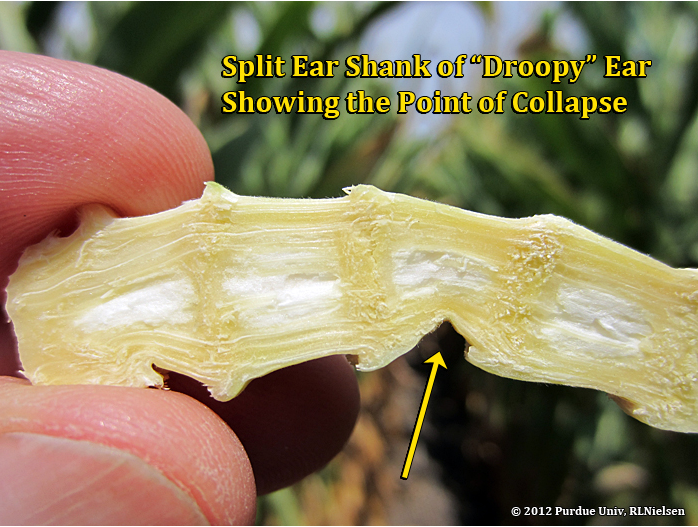
Droopy ears are cute on certain breeds of dogs, but droopy ears on corn plants prior to physiological maturity are a signal that grain fill has slowed or halted.

Droopy ears are cute on certain breeds of dogs, but droopy ears on corn plants prior to physiological maturity are a signal that grain fill has slowed or halted.

CBD hemp harvest is underway for some growers, while others expect to harvest all the way into October.
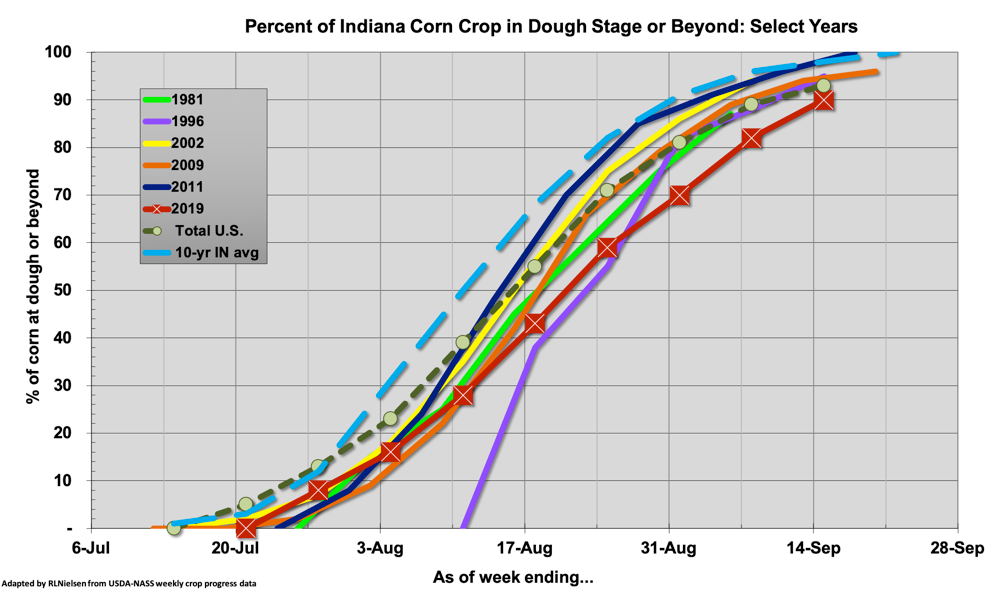
Given the near record late planting of the 2019 Indiana corn crop and the continuing agony of delayed development of the crop, much of the coffeeshop talk down at Cecil’s Corner Cafe in recent weeks has centered on the risk of the late crop not maturing before a light frost damages the crop or an outright lethal freeze (28F) kills the crop.
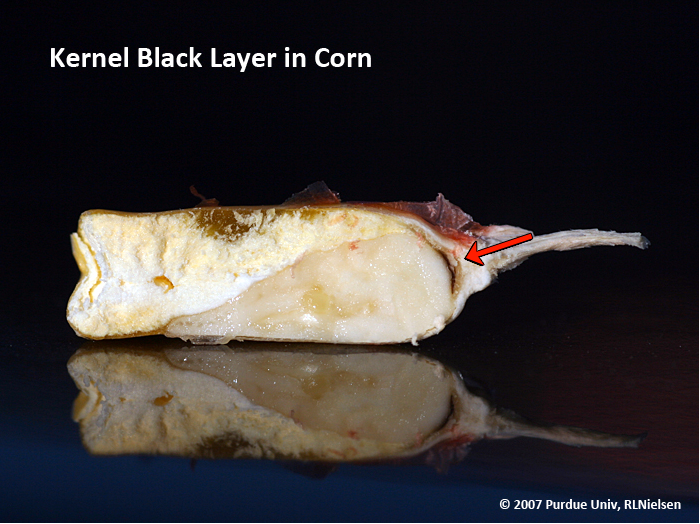
Delayed planting of corn in the upper Midwest often increases the risk that the grain will not mature prior to a killing fall freeze. Physiological maturity occurs near the time the so-called “black layer” develops at the tips of the kernels where they connect to the cob (Nielsen, 2019a).
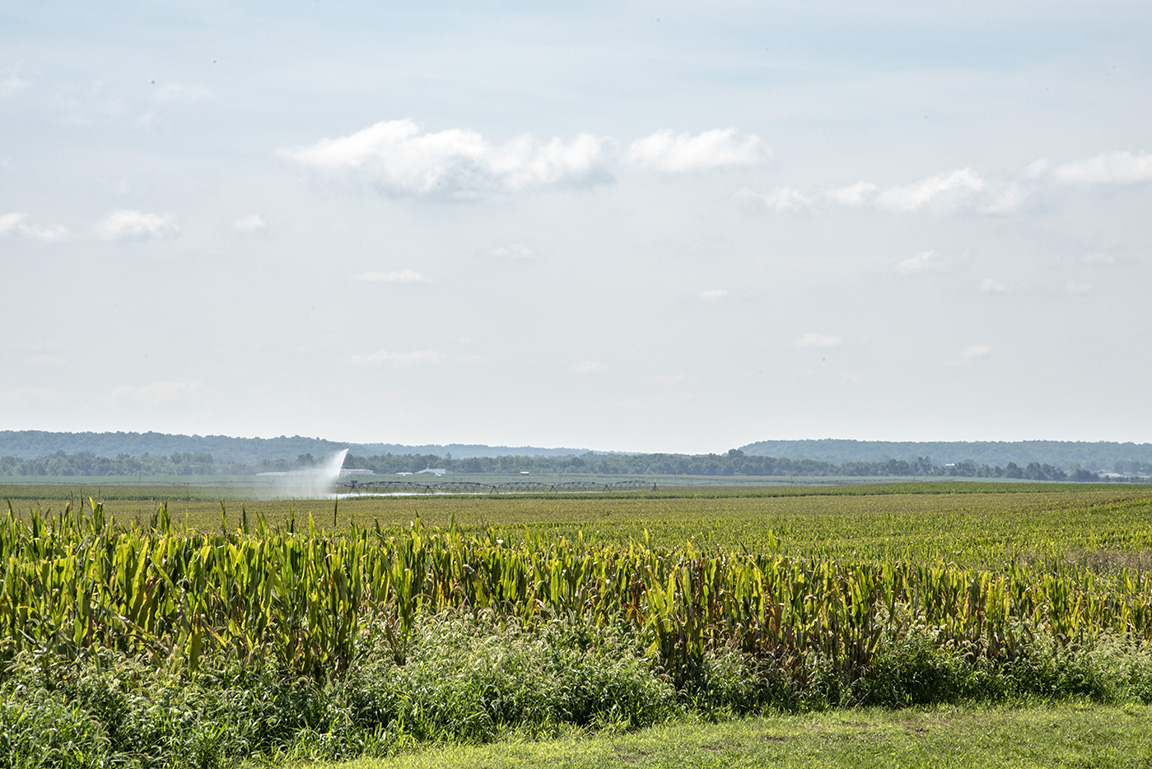
Early September often brings an end to crops irrigation needs, but late planting and a cool growing season has resulted in delays of crop development of a month (or more) in some fields in 2019.
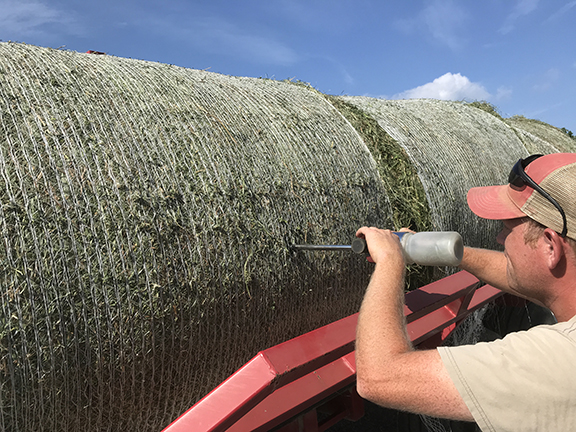
What a year it has been so far! Was there mud as livestock were fed this past winter? Did winter-damaged alfalfa fields occur and did pastures where livestock spent the winter look like a mud volleyball tournament had been played?

As the growing season progresses and hemp farmers gear up for harvest, we are continuing to learn more about pests and pathogens affecting hemp in Indiana.

Fancy colored yield maps are fine for verifying grain yields at the end of the harvest season, but bragging rights for the highest corn yields are established earlier than that down at the Main Street Cafe, on the corner of 5th and Earl.

The grain fill period begins with successful pollination and initiation of kernel development, and ends approximately 60 days later when the kernels are physiologically mature. During grain fill, the developing kernels are the primary sink for concurrent photosynthate produced by the corn plant.

Yield potential in corn is influenced at several stages of growth and development.
© 2024 Purdue University | An equal access/equal opportunity university | Copyright Complaints | Maintained by Pest&Crop newsletter
If you have trouble accessing this page because of a disability, please contact Pest&Crop newsletter at luck@purdue.edu.